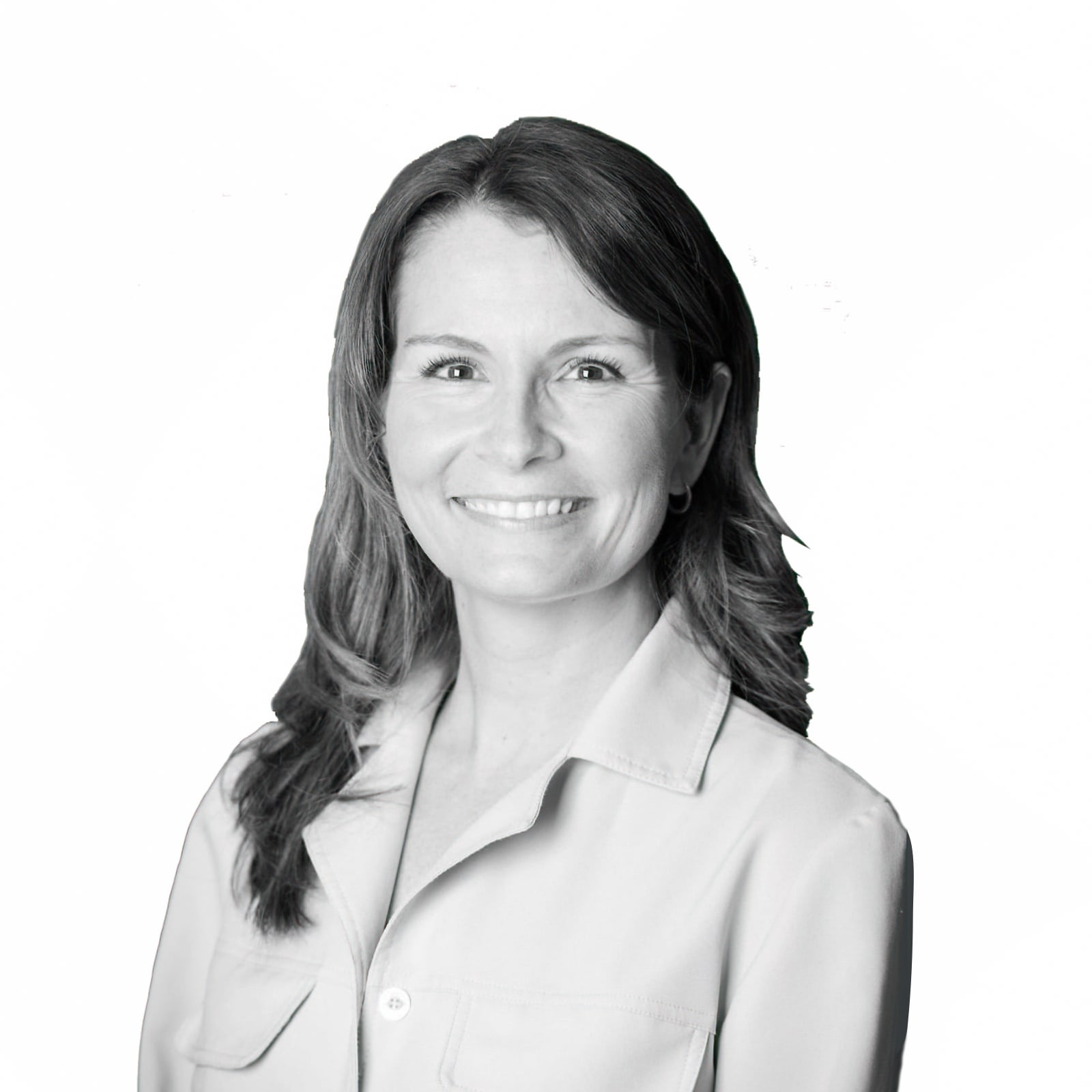Adding fluoride to our drinking water has become something of a debate in recent years. You may have read that fluoride is bad for your health, and bad for your teeth in high doses. Others insist it’s safe. As a dentist who keeps up with the latest in the research, I wanted to weigh in and help people understand the issue.
Fluoride was introduced into Canadian water in 1945. This was hailed as a huge victory in cavity prevention, and many studies confirmed that this was effective in reducing cavities.
The initiative worked because fluoride, on contact with the teeth, will remineralize the enamel and make the surface stronger, and provide some protection against the acidic environment that can develop in the mouth. Fluoride does not make your teeth stronger when swallowed, it makes your teeth stronger by coming into contact with them.
Not long after, however, fluoride toothpaste came onto the market as well. It is important to note that countries that do not fluoridate their water have also seen big drops in the rate of cavities, after they introduced fluoride toothpastes.
High doses of fluoride, when consumed (i.e. swallowed), have been shown to have negative effects on teeth and bones. Dental fluorosis affects mostly children, who consume too much fluoride while their teeth are still forming. Skeletal fluorosis can alter bone structure and cause calcification of the ligaments when someone has long term exposure.
This is where the debate starts, and it’s important to consider some key concepts in science as well as challenges for the everyday person.
“Safe” is always relative
As with many substances, fluoride is safe when it is consumed within the limits determined by research, but can cause problems if it exceeds recommended upper limits. In science we call this “dose dependency”.
For example, a glass of wine with dinner is fine, but if you drink an entire bottle of wine you would be in for a bad night, not to mention the day after. The caffeine in coffee, our favourite morning beverage, would become fatally toxic if you were somehow able to drink a hundred cups in one sitting (assuming you’re an average-sized person). The same thing applies even to vitamin C: it’s absolutely essential in recommended doses, but if you were to eat an entire bottle of vitamin C tablets you’d end up with side effects (in this case, serious diarrhea).
Fluoride occurs naturally in many foods and in the groundwater in low concentrations (in North America, at least—in parts of Asia and Africa the concentrations of fluoride in groundwater are much higher). But added to this, we get more exposure to fluoride. We fluoridate our city water, consume bottled drinks and processed foods that are made with fluoridated water, use toothpastes and fluoridated mouthwash, have fluoride treatments at the dental office, cook using Teflon pans… the list goes on.
The problem becomes, how do we measure a safe level of exposure? How much water do you drink in a day? How many fluoridated products do you use? This is certainly very hard to measure for yourself and your loved ones.
The bottom line
From my review of the research, there may be some minor benefit to using fluoride, up to a certain point of usage—and even that is highly debatable. The bottom line is that the drawbacks and health risks begin to far outweigh any benefit from using fluoride, especially when there are proven alternatives (see below).
Comments by Philippe Grandjean, adjunct professor of environmental health of the Harvard T.H. Chan School of Public Health (Spring 2016) are helpful to read at this point:
“We should recognize that fluoride has beneficial effects on dental development and protection against cavities. But do we need to add it to drinking water so it gets into the bloodstream and potentially into the brain? To answer this, we must establish three research priorities.
“First, since dental cavities have decreased in countries both with and without water fluoridation, we need to make sure we are dosing our water with the proper amount of fluoride for dental medicine purposes, but no more.
“Second, we need to make sure fluoridation doesn’t raise the risk of adverse health effects. In particular, we need basic research on animals that would help us understand the mechanisms by which fluoride may be toxic to the developing brain.
“Third, we need to find out if there are populations highly vulnerable to fluoride in drinking water—bottle-fed infants whose formula is made with tap water, for example, or patients undergoing dialysis. If these individuals are at risk, their water must come from a source that is lower in fluoride.”
In my opinion, there are still many questions that remain unanswered. Luckily, as mentioned there are viable alternatives you can choose.
What can you do?
The good news is that there are many things we can do today to decrease our fluoride exposure and still take great care of your teeth.
Here are my main recommendations:
- Avoid swallowing toothpaste when brushing. Most adults can handle this, but it’s important to supervise your kids when they’re brushing to ensure they don’t swallow any toothpaste.
- Use a water filter at home to remove fluoride from your drinking water.
- Avoid processed and bottled drinks where the source of water is unknown.
- Consider fluoride free toothpastes! There are now many wonderful toothpastes and products on the dental market which are proven to be as effective as fluoride. Some of our favourites are:
- Boka, whose active ingredient is nano-hydroxyapatite, the molecule with which the tooth is actually made.
- MI Paste, composed of a milk protein.
- CariØ, with xylitol, a natural sugar which helps decrease cavity causing bacteria.
Since it “remains unclear if fluoride is truly essential”, and it’s hard for us to determine how much we’re consuming, I recommend that we take steps to control and reduce the amount of fluoride we use.
Please reach out to us if you have any questions!
